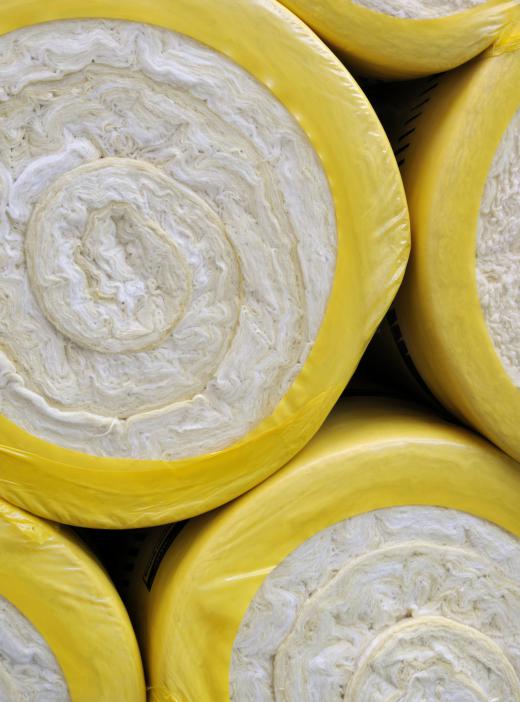A foam cutter is a device, manual or electronic, used to cut foamed materials such as polystyrene. This tool is also commonly referred to as a hot-wire foam cutter. A hot-wire foam cutter may consist of a thin, taut metal wire typically made of stainless steel, or use a thicker gauge wire that has been preformed into a specific shape. In either case, the wire is electrically heated to approximately 400 degrees Fahrenheit (205 degrees Celsius). When the hot wire is passed through the polystyrene, the heat effectively vaporizes the material just before actual contact is made producing a clean, straight cut. Hot-wire cutters make neat, smooth edges in foamed materials that cannot be duplicated using a knife or saw.
There are several types of hot-wire foam cutters that range widely in their sophistication. A simple hand-held foam cutter may consist of a tensioned wire attached to a handle. The wire is manually guided through the larger piece of foam to cut out any desired free-form shape. For larger items or for more precise foam cutting, a table cutter may be employed. A foam-cutting table may consist of either a vertical or a horizontal wire with vise-like guides to hold the foam in place as it's moved.

Typically used by hobbyists, vertical cutters are useful for the creation of small, complex shapes. Horizontal cutters, on the other hand, are more suitable for creating custom packaging and items requiring longer, uniform cuts. A template-guided cutter, while still requiring a manual operator, is best suited for creating multiple copies of the same shape with uniformity, although the precision of uniformity is still quite dependent on the skill of the user.

A Computer Numerically Controlled (CNC) foam cutter is by far the most precise. Computer-controlled guides move the hot, tensioned wire and can form prismatic or tapered shapes. Several CNC hot-wire cutters are equipped with lathe attachments that permit the cutting of precise spiral shapes. Applications include the creation of molds for the manufacture of ornamental and architectural items such as large planters, as well as railing newels and balusters.
In addition to architectural molding, hot-wire cutters are also used in the creation of movie and stage-play props, model aircraft wing construction, surfboard manufacturing, and sculpture molds. Hobbyists can purchase rudimentary hot-wire foam cutters of varying sophistication for under $100 US Dollars (USD), whereas commercial, digital CNC models can run upwards of $10,000 USD.
